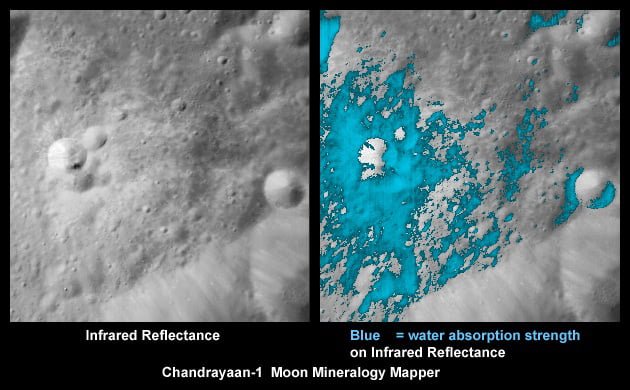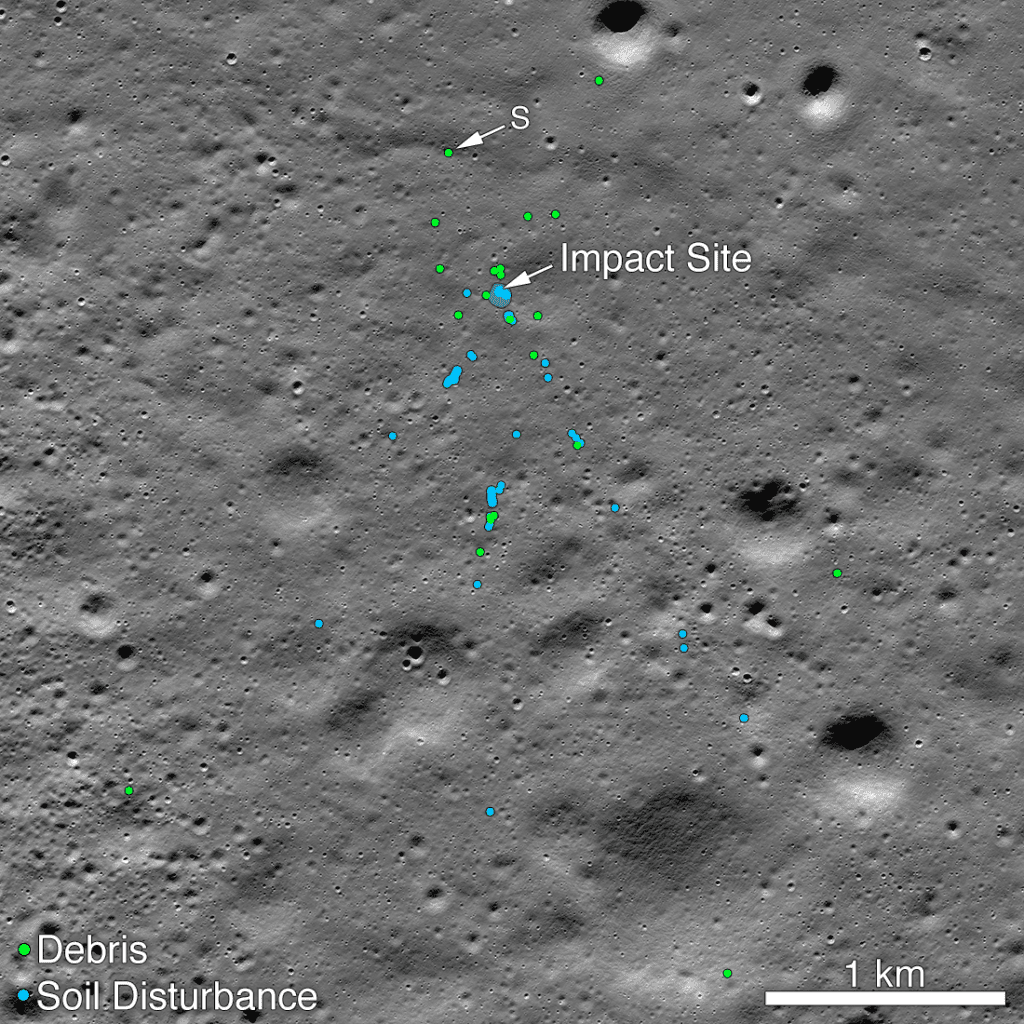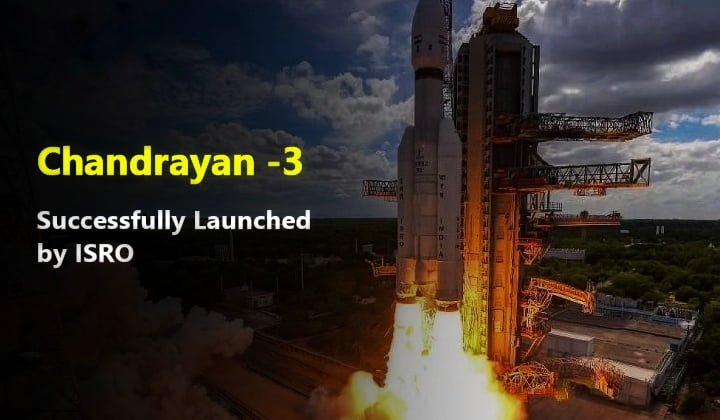India recently launched its third moon mission named Chandrayan-3, which is a matter of immense pride for all Indians. On 14th July 2023, India launched Chandrayan-3 from the second launch pad of Satish Dhawan Space Centre in Sriharikota, Andra Pradesh with the help of Launch Vehicle Mark-3 (LVM-3) rocket.
In this blog post, we will discuss Chandrayan-3 in detail along with other moon missions of the Indian Space Research Organisation (ISRO). This Article is beneficial for defence aspirants as it covers the critical current affairs section of your exam, also if you are preparing for SSB Interview it will help you in Group discussions and other activities during SSB. So let’s dive into today’s blog post about India’s third moon mission – Chandrayan-3.
All About Chandrayan-3
Chandrayan-3 is the third lunar mission of the Indian Space Research Organisation, With an improved landing module and rover, India launched a follow-up mission of Chandrayan-2 named Chandrayan-3.
India launched Chandrayan-3 on Launch Vehicle Mark-3 (LVM-3) rocket from the second launch pad of Satish Dhawan Space Centre in Sriharikota Shri, Andra Pradesh. This is ISRO’s second attempt to soft-land on the lunar surface by successfully doing this India will be the fourth country to successfully soft-land on the moon among the U.S., Russia, and China.
In a conference after the successful launch of Chandrayaan-3 ISRO Chief S. Somanath said “The next 42 days are crucial. As per the nominal programme, we will have five earth-bound manoeuvres that will end on July 31. After that, we have the trans-lunar insertion, which will take place on August 1. After that, it will be captured by the moon. This will be followed by the separation of the propulsion module and the lander module on August 17. The landing is currently planned on August 23 at 5.47 pm IST, if everything goes as per plan,” he added.
The mission life of the Chandrayan-3 is 1 Lunar day which equals to approx 14 Earth days.
Chandrayan-3 Specifications

The Chandryan-3 contains a propulsion module, a lander module and a rover which all are fitted into a single integrated module. The lander and rover are fitted with various payloads to conduct scientific operations on the lunar surface.
Note: The information has been extracted from the official site of ISRO. For more information click here.
Lander payloads: Chandra’s Surface Thermophysical Experiment (ChaSTE) to measure the thermal conductivity and temperature; Instrument for Lunar Seismic Activity (ILSA) for measuring the seismicity around the landing site; Langmuir Probe (LP) to estimate the plasma density and its variations. A passive Laser Retroreflector Array from NASA is accommodated for lunar laser ranging studies.
Rover payloads: Alpha Particle X-ray Spectrometer (APXS) and Laser Induced Breakdown Spectroscope (LIBS) for deriving the elemental composition in the vicinity of the landing site.
The weight of the propulsion module is 2148 kg and the lander module is 1752 kg including the rover of 26 kg. The total weight including all the modules is 3900 Kg.
Chandrayan-3 Mission objectives
Chandrayan-3 is launched to demonstrate the soft-landing capabilities of India on the Lunar surface along with that its objectives include
- To demonstrate Rover roving on the moon and
- To conduct in-situ scientific experiments.
Chandrayan-3 Latest Update

According to the official sources on 27 July 2023, The second orbit-raising maneuver was performed. The spacecraft is now in 41603 km x 226 km orbit. The health of the spacecraft is normal. Further updates will be updated soon.
Update : July 22 , The fourth orbit-raising maneuver (Earth-bound perigee firing) is completed. The spacecraft is now in a 71351 km x 233 km orbit.
History of Chandrayan Missions
The most recent moon mission of ISRO is Chandrayan-3, ISRO has previously launched two more moon missions Chandrayan-1 and Chandrayan-2 in 2008 and 2019 respectively.
Chandrayan-1 was the first successful mission of the Indian Space Research Organisation. It was launched on 22 October 2008 with the objective to design, develop, launch and orbit a spacecraft around the moon using an Indian-made launch vehicle. The objectives also included conducting scientific experiments using instruments on the spacecraft which would yield data. The Chandrayan-1 mission was successfully completed on 28 August 2009 achieving all of its objectives.
Chandrayan-1 had done some very important findings with the help of its payloads. One of them was the Lunar Water Discovery. The Chandrayan-1 payload has also enabled scientists to study the interaction between the solar wind and planetary bodies like the moon without a magnetic field.

The second moon mission of ISRO the Chandrayan-2 was launched on 22 July 2019 with the help of the LVM3 M1 rocket from Satish Dhawan Space Centre Second Launch Pad, ShriHarikota, Andra Pradesh. It consisted of a lunar orbiter, a lander (Vikram lander) and a rover named the Pragyan Rover. The objectives of Chandrayan-2 included the study of lunar topography, mineralogy, elemental abundance, lunar exosphere and signatures of hydroxyl and water ice. It was also intended to study the water ice in the south polar region and to map the lunar surface to prepare 3D maps of it.
The Chandrayan-2 was not a complete success as the landers approach for soft landing got out of control from the mission control and the Vikram lander hit the lunar surface with a velocity not suitable for soft landing at 50m/s (180 km/hr). The ideal velocity for a soft landing is supposed to be 2m/s i.e. 7.2 km/hr. The last phase i.e. landing phase of the Chandrayan-2 could not be completed successfully and the mission was a partial failure.

The most recent mission of ISRO is Chandrayan-3, which is expected to reach the landing site on 23 August 2023.
Frequently Asked Questions
When will the Chandrayan-3 land on the moon?
The Chandrayan-3 is expected to land on the moon on 23 August 2023
How many days will it take for Chandrayan-3 to reach the moon?
Chandrayan-3 will take 42 days to reach the moon as it does not follow a straight trajectory rather then it will reach the moon following an elliptical path.
What is the budget for the Chandrayan-3?
According to the official sources the budget for the Chandrayan-3 is 615 crores.
Is Chandrayan-3 successful?
Yes, ISRO has successfully launched Chandrayan-3 from Shriharkota launch pad. It will reach the moon in the next 42 days.
Who is ISRO Chief now?
ISRO chief is Mr S. Somnath in 2023.
Where is Chandrayan-3 now?
Chandrayan-3 is the second orbit of the earth as per the sources till 18 July 2023.





